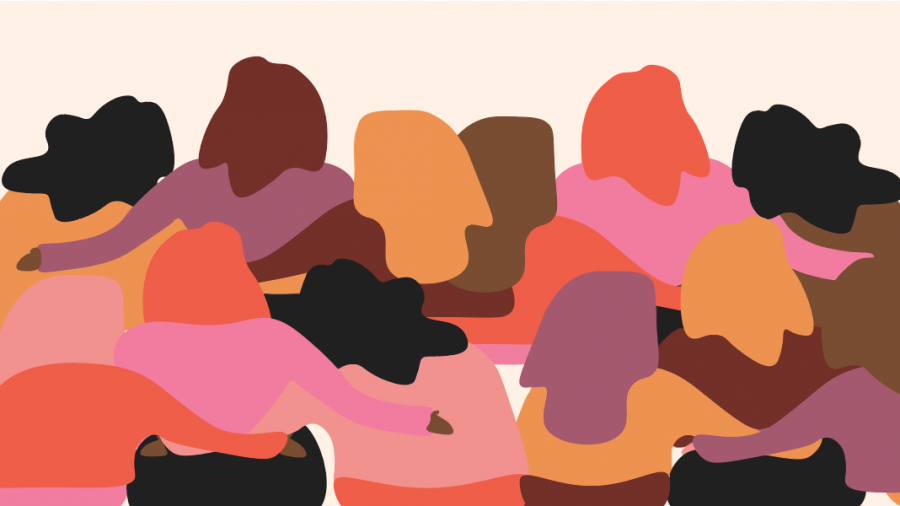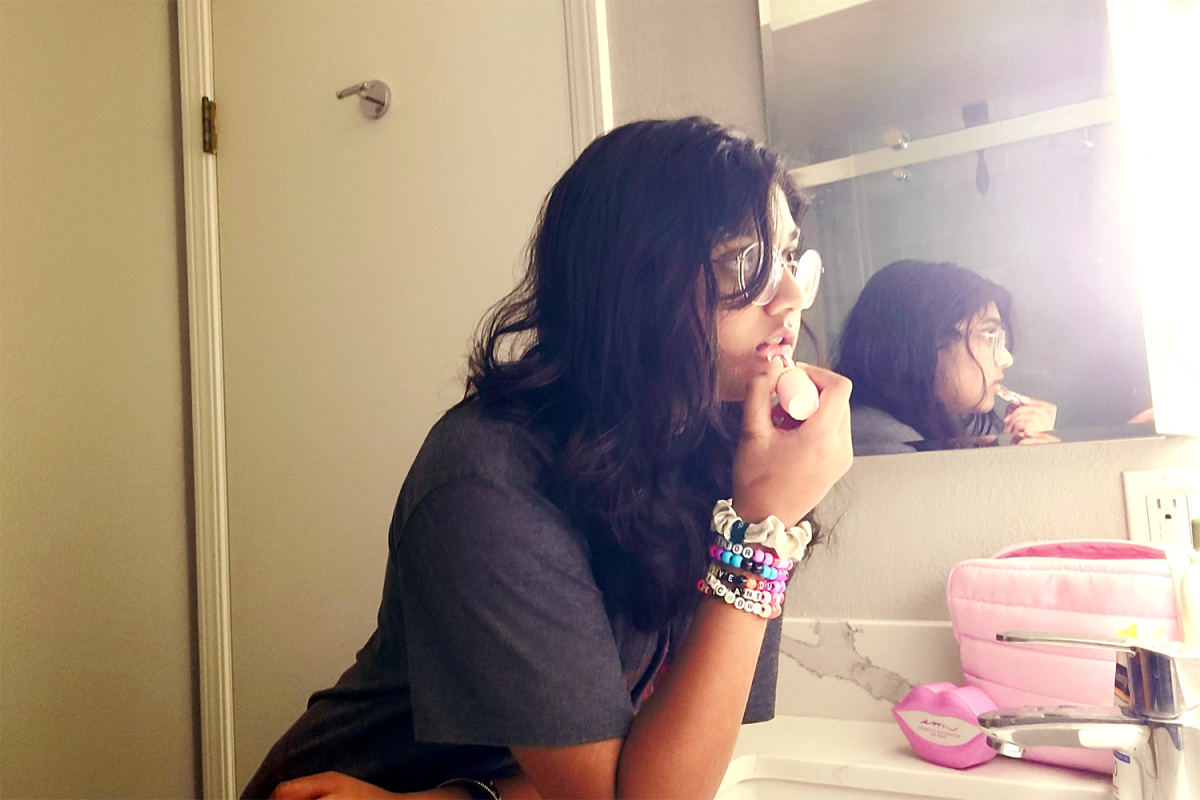The battle for women’s justice is the battle for economic justice, LGBTQ+ justice, and racial justice, all intertwined.
While being a feminist may mean something different to everyone, it always has a common ground: to fight for the issues central to women and uplifting the voices that have been silenced for so long. But now, the advocacy of gender equality goes beyond that.
To support all women, individuals must first know how different aspects of identity can form overlapping experiences of oppression. Intersectional feminism is a way for people to understand how various social disadvantages work together to impact the individual; it acknowledges that race, economic stance, sexual orientation, and religion can affect gender equality.
For instance, cisgender white women don’t face the same disadvantages that transgender Black women do. Accepting that a multitude of factors can impact our place in society is a central part of the movement as a whole.
Yet, it is impossible to understand the importance of intersectionality without examining the role that history played in impacting modern social disadvantages. Taking a look into the birth of the women’s rights movement, it is no secret that the calls for gender equality had their limits. In the 1848 Seneca Falls Convention, suffragists advocated for white, mostly middle and upper-class women, to vote.
People celebrate Susan B. Anthony as the pioneer of the suffrage movement, often overlooking the fact that most people’s vision of gender equality at the time was limited by race and class. Despite Black women playing a core role in the history of the women’s rights movements, they were largely left out of the mix. Ultimately, Black women and other women of color experienced only a few positive effects of the accomplishments made during the first two waves of feminism.
Since then, they have had to fight inequality in two concurrent ways: because of both their race and their gender.
In regards to the suffrage movement, it serves as a reminder to celebrate feminism without overlooking its racist past. The 19th Amendment was undeniably monumental, but mainly to the lives of white and economically advantaged women. All women were still not guaranteed their rights to the polls, and intimidation tactics continued to suppress Black votes.
When Black women attempted to use their newly acclaimed rights, they were stopped long before they could ever reach the ballot box. Particularly in the south, legislations worked to disenfranchise Black individuals through implementing literacy tests, grandfather clauses, and poll taxes. Despite all the progress the movement had made, these discriminatory practices kept Black women out of the political picture.
But the limits of the women’s rights movement do not stop there; Black women were paid less and had fewer job opportunities compared to their white counterparts, which is a trend that continues into the modern-day.
Still, we can celebrate the women’s rights movements’ triumphs while also recognizing their vast limitations.
We can’t reverse how this nation has continuously failed women of color, LGBTQ+ women, and women of lower social and economic status. That being said, we can recognize it, learn from it, and do better moving forward.
Ultimately, it is vital to be aware of this nation’s foundations and apply that knowledge towards intersectional feminism to ensure all women’s safety and equality, not just in law but also in practice. By supporting feminism through this perspective, individuals can understand how related issues of inequality impact different communities.
“I recognize that those who are most impacted by gender-based violence and by gender inequalities are also the most impoverished and marginalized—Black and brown women, Indigenous women, women in rural areas, young girls, girls living with disabilities, trans youth, and gender non-conforming youth,” said Majandra Rodriguez Acha, a youth gender and climate activist.













